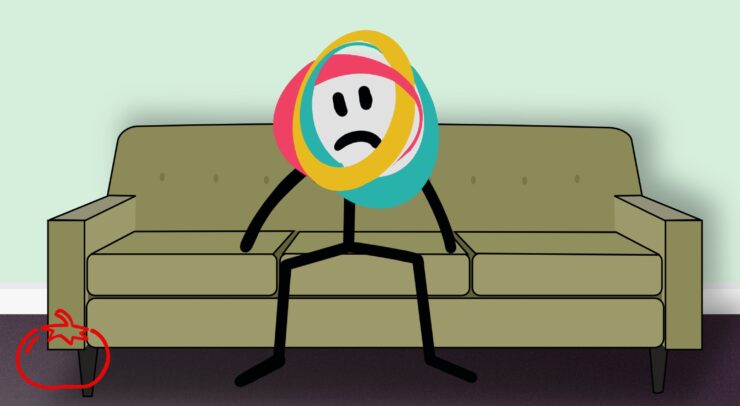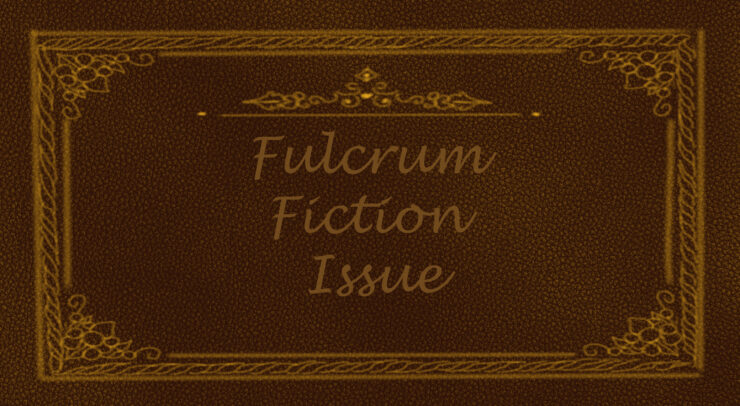Students aren’t waiting for 420 to blaze it anymore—and it has some people worried.
On Oct. 17, 2018, the federal government legalized recreational cannabis and ushered in a wave of marijuana users hoping to consume the drug legally for everything from stress-management to personal pleasure.
But young first-time users are bombarded with warnings surrounding the negative effects of regular use of the drug. On the Ontario Cannabis Store (OCS)’s website, the provincial organization warns consumers that there are risks to brain development if consumed before age 25—despite the legal age for purchasing recreational cannabis being 19 in Ontario and all other provinces and territories except for Quebec and Alberta, who opted for 18.
With different ages being referenced, a multitude of options available for purchase from the OCS, and falsehoods perpetuated by long and deeply held stigmas, it can be hard for university students to discern what the actual risks of cannabis consumption are on one’s mental health.
How cannabis works
The cannabis plant contains a number of different cannabinoids—a chemical compound that occurs naturally in cannabis plants and humans—with the two highly studied ones being tetrahydrocannabinol (THC) and cannabidiol (CBD).
If you’re buying cannabis, you’ll probably see measurements of both THC and CBD levels, as both cannabinoids are contained in most cannabis products. THC is the component that gives people the high that they normally associated with cannabis consumption. CBD, on the other hand, doesn’t produce feelings of intoxication in users and can lessen the psychoactive effects of THC. CBD is also used by some people to treat a wide range of issues, from chronic pain and epilepsy to certain mental illnesses.
As Andra Smith, an associate professor at the U of O who researches executive functioning in the brain and how it is linked to cannabis use explains, when THC is consumed it mimics our internal cannabinoid system, leaving the consumer with a high.
“(The THC) attaches to parts of our brain that are fairly widespread,” she told the Fulcrum. “So, it can have an impact on a lot of different components of our behaviour.”
More specifically, THC interferes with the regulation of dopamine, compelling the brain to produce more of the neurotransmitter that’s linked to the body’s reward system, reward-driven behaviour, and pleasure, producing feelings of a high.
Highs and lows
For Alden Spencer, a fourth-year political science student at Memorial University of Newfoundland and a former U of O student, the impact that the drug has on mental health is exactly what she looks for when consuming cannabis.
“I have been having some troubles in my living situation lately where I feel an abundance of anxiety all at once,” she explained. “I use cannabis to help and reduce my stress (and) anxiety levels, as well as (to) help with my (chronic) migraines and sleeping. I have also used it on a few occasions in order to increase my productivity—and of course socially—but mainly for anxiety, migraines, (and) sleep.”
But based on her research into regular cannabis use and its implications for the young brain, Smith said university-aged students should be careful when using cannabis to manage stress and anxiety.
“If you start in your teen years, and use it on a regular basis—so, anywhere from one use a week for a year or two—there could be long-term effects on motivation, working memory, impulsivity, other types of executive function, decision-making behaviour, and that sort of thing,” Smith said. “It can impact academic performance and relationships—so there are lots of things that can be impacted.”
These side-effects have been noticeable for Tracy, a fourth-year economics student at the U of O and regular cannabis consumer (about three times a week) who asked her real name not be used due to fear of disciplinary action from her workplace over some of the side-effects she experiences from using cannabis.
“Lately, I haven’t been using cannabis as regularly as I usually do … but I find (that) when I am smoking regularly, I do have some memory issues and a loss of motivation,” Tracy explained.
“In terms of forgetfulness, it’s more so forgetting trivial things, like where I put my keys (and) if I’m smoking (heavily) every day, it definitely would affect my motivation to get my work done,” she continued. “On the other hand, if I’m smoking quite regularly, but not as heavily, I am actually able to function better—especially when working on assignments.”
Yet, for Spencer, who typically smokes on a daily basis, she reports having positive experiences with her cannabis use with few of the forewarned effects. When asked whether she had difficulties with her memory, motivation, or felt the first signs of addiction, she denied experiencing these side-effects.
“Cannabis helps me de-stress and feel more calm, allowing my brain to have more room to process things properly and become more productive in the long run,” she told the Fulcrum. “I haven’t noticed any addiction symptoms—I don’t feel as though I always want (or) need cannabis, and have (successfully) gone a few days in between doses … to not develop habits.”
Smith told the Fulcrum that the addictiveness of cannabis varies from person-to-person, depending on factors such as genetics and previous drug history, but that anyone can become addicted using any form of cannabis consumption.
While Smith admits that there hasn’t been much research done on vaping cannabis yet, she does still consider it worrying.
“I think (vaping’s) perceived risk is lower than smoking a joint, and that’s not actually a good thing because the risk is the same for the person inhaling it,” she explained. “It’s better for the second-hand smoke, but not for the person consuming it, (but) the research just isn’t there yet.”
CBD vs. THC
One of the big factors affecting experience one has when using cannabis, in both short and long-term situations, is the quantity of THC and CBD one consumes.
While elevated levels of THC in a strain of cannabis give consumers the high that they tend to expect from marijuana, it is also the chemical compound that risks causing adverse effects on the body, Smith said.
“Over the years, the cannabis industry has grown,” Smith said. “I think they realized the higher the potency of THC, the more likely people will get addicted and enjoy it. So, they have increased the potency of the THC within the cannabis that is being sold.”
“(The potency of THC in cannabis has) gone from four per cent in the 60s and 70s to upwards of—in commonly used strains now—20 per cent.” she continued. “For dabbing (inhaling a small amount of highly concentrated cannabis, usually resin or oil, by vaporizing it), it’s up to as high as 90 per cent.”
Smith warns cannabis users to be careful of high THC levels—especially with products marketing THC levels as high as 90 per cent.
“It’s not safe at all. You run the risk of having a psychotic episode, much more if it’s in the higher potency.”
Tracy said she believes the link between high THC levels and some of the negative effects that she has experienced—like her memory loss—makes sense. Tracy told the Fulcrum that she tends to buy strains of cannabis that have a high THC to CBD ratio.
Can cannabis be still be used to treat anxiety?
For some regular cannabis consumers, the immediacy of relaxation that cannabis brings on has been enough of a reason to consider it as a day-to-day treatment for anxiety and stress.
Ryan Arsenault, a third-year communications student at the U of O, uses cannabis products daily for medicinal purposes to help cope with general anxiety disorder and stress—as well as for recreational purposes.
“Since my consumption of cannabis is mainly to treat anxiety, it obviously helps with the diverse symptoms—(like) stress (and) nausea,” Arsenault said, “but I also find that I am able to focus better and be more productive after smaller doses of cannabis products.”
“I would not say that I have developed an addiction to cannabis, but perhaps a certain dependence in order to help deal with anxiety,” he explained, while mentioning that he had no other adverse long-term effects.
Smith, however, would still caution students from using the drug as a regular way to deal with anxiety—and highlights that it might actually be more detrimental to their long term anxiety-management.
“THC hasn’t shown any sort of anti-anxiety effects (and) it’s actually shown anxiety-making effects,” she explained. “Over time, you’re going to need more and more (THC) … to get the high … and that’s actually going to be more anxiety provoking.”
Conversely, Smith said CBD might be a useful treatment for anxiety.
“There’s more literature to suggest that it might help with anxiety—but a lot of people don’t know the difference between THC and CBD or they don’t even know the strain they’re using.”
“I’d recommend sticking with CBD if you’re going to use the anti-anxiety aspect of it,” she explained.
Overall, however, Smith encouraged people under the age of 25 to seriously consider the risks of THC before beginning to consume cannabis regularly—and to consider other options.
“I would say (to) minimize the THC as much as you can and focus on the CBD—and try to counter that anxiety with other things, like increasing exercise or even mindfulness. Those two things are big for helping with anxiety and stress,” she said. “There are plenty of other ways to de-stress.”






